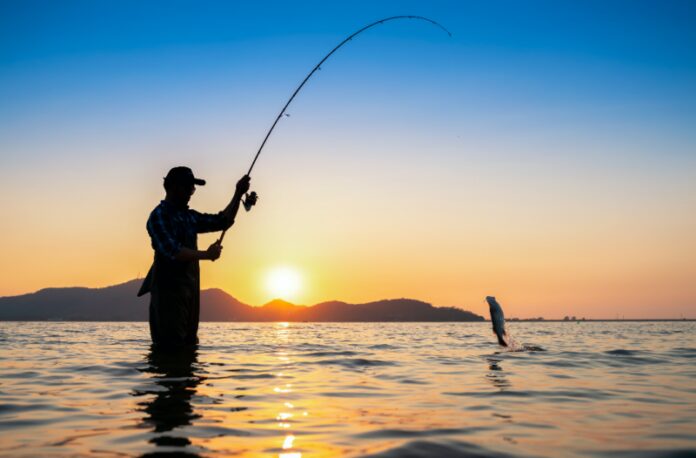
Fishing is a relaxing outdoor activity that requires a lot of patience. While it does not involve rigorous work, nor does it entail adrenaline-inducing adventure, fishing is still an excellent way to relieve stress, spend time with your loved ones, and share an intimate moment with Mother Nature.
One of the primary things that fishing newbies should know is, there are different types of fishing rods. Each variant of a fishing rod is designed to catch a specific kind of fish or facilitate a particular method of fishing. Learning how to differentiate one from the other, along with defining its purpose, helps make fishing safe and more enjoyable.
There are fishing rods crafted for boat fishing, fishing on ponds and lakes, and fishing as a form of sport. Fishing rods also vary based on the type of rod and reel it bears. Typically, short and rigid rods are more suitable for sports or game fishing. Fishing rods that are longer and more elastic are an ideal choice for casting.
- Ice Fishing Rods
Fishing rods for ice fishing are lightweight, sturdy, and sensitive to movement. A typical ice fishing rod does not have a reel. Instead, the rod bears two hooks on each side. It is shorter in length because ice water ponds have limited space and depth.
- Telescopic Rods
Telescopic rods are the perfect tool for anglers. This type of rod is known for its portability and therefore convenient to bring outdoors. Telescopic rods are also great for kids because it usually has a handle that’s easy to change, and a simple structure that children find easy to manoeuvre.
- Survival Rods
A fishing rod for survival is useful during an emergency. It is portable and bears a lustrous overall design. Another critical feature of a survival rod is its durable handle that can withstand intense pressure.
- Trolling Rods
Trolling rods are designed for heavy-duty fishing, specifically when luring and catching massive fishes. It is suitable for pulling lures from the backside of a boat while it traverses the sea or ocean. The flexibility and powerful hold provided in trolling rods help guarantee that big fishes are lured quickly and steadily.
- Fly Fishing Rod
Fly fishing rods are light and extremely springy. Fly fishing requires agility and flexibility to make it easier for anglers and fishers to pull the rod or throw it back into the water. Rods designed for fly fishing are usually shorter than the regularly-sized rods used in rivers and lakes.
- Surf Fishing Rod
As the name suggests, a surf fishing rod is perfect for catching fish along the beach or the shoreline. The ocean waves can be overpowering and unpredictable. Surf rods provide accuracy, long-range casting, and a stronger hold that can withstand strong waves.
- Baitcasting Rod
A baitcasting rod has its reel placed on top of the handle or grip. Its design provides anglers and beginners with a steady and strong clutch, especially when a fish tries to struggle and break free. It is also known for enabling easy control amid strong water currents, slippery hands, and pressure from a fighting fish.
Fishing with family or friends is gratifying. Imagine the triumphant feeling that one gets after a successful catch—the experience is genuinely one-of-a-kind. Nevertheless, even if one fails to lure or catch a fish, learning how to fish is a worthwhile activity in itself.





